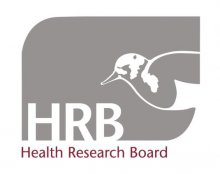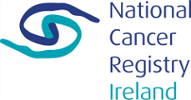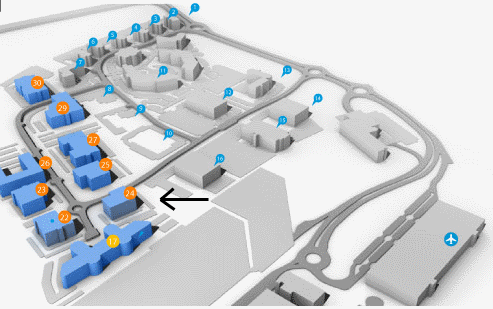Current Size: 100%
Effects of pharmacological exposure on Ovarian Cancer

Almost 250,000 ovarian cancers are diagnosed worldwide each year. Incidence rates are high in northern Europe, including in the Republic of Ireland (RoI) and the UK. These countries have among the highest ovarian cancer mortality rates in the world. The relatively young average age and advanced stage at diagnosis, mean that ovarian cancer is a major burden. Lab-based research suggests that various commonly-used drugs (such as non-steroidal anti-inflammatory drugs) might have potent anti-tumour effects in ovarian cancer. We are combining population-based, pharmacoepidemiology databases from RoI, Northern Ireland and Great Britain, to investigate associations between exposure to these three drug groups and ovarian cancer presentation, progression and outcomes. Phase I is investigating associations between pre-diagnosis drug exposure and stage and grade at diagnosis. Phase II is investigating associations between exposure to drugs and disease recurrence. Phase III will investigate associations between exposure to drugs and mortality. The study will provide valuable population-based evidence on the effects of these common drugs on ovarian cancer and contribute to improved health outcomes for women by guiding future research in the area.
This study is part of the CaPPE research collaboration.
- Caution in time-to-event models where a pre-event state modifies time-varying exposure
- Effect of pre-diagnostic NSAID use on ovarian cancer survival
- Effect of drug class on association of beta-blocker with ovarian cancer survival
- Role of tumour histology in beta blocker association with ovarian cancer survival
- Associations between pre- and post-diagnostic use of beta-blockers and ovarian cancer survival





